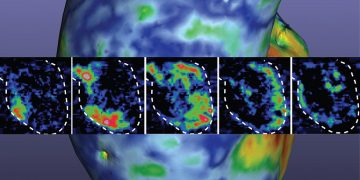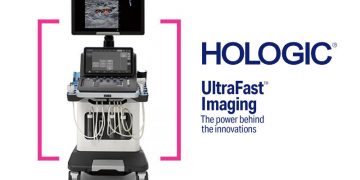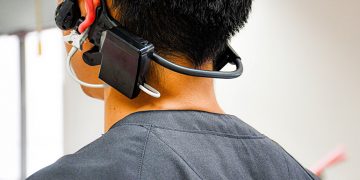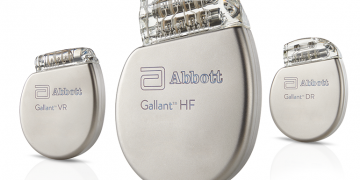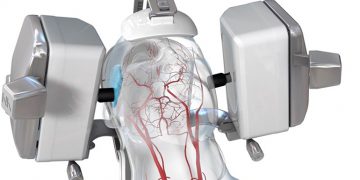Scientists at the University of Minnesota have 3D printed a beating heart muscle ‘pump’ consisting of pluripotent stem cells and an extracellular matrix. The researchers grow the stem cells within the structure until they reach an appropriate cell density, and then differentiate them into cardiomyocytes. The 1.5 cm sized structure can pump fluids, and could serve as a heart muscle model to study diseases and test new therapies.
Previous attempts at printing cardiomyocytes within an extracellular matrix “ink” have struggled to achieve appropriate cell densities. This group decided to try a different approach, and rather than printing cardiomyocytes, they printed the undifferentiated stem cells, and then programmed them to become cardiomyocytes within the printed structures.

“At first, we tried 3D printing cardiomyocytes, and we failed, too,” said Brenda Ogle, a researcher involved in the study. “So, with our team’s expertise in stem cell research and 3D printing, we decided to try a new approach. We optimized the specialized ink made from extracellular matrix proteins, combined the ink with human stem cells and used the ink-plus-cells to 3D print the chambered structure. The stem cells were expanded to high cell densities in the structure first, and then we differentiated them to the heart muscle cells.”
By culturing the stem cells within the structure, the researchers were able to achieve an appropriate cell density. Differentiating them in situ, the cells developed into cardiomyocytes in an environment that is closer to that of the natural heart. The newly differentiated cells began to organize and work together. In fact, after culturing the structures for about a month, the cells began to beat together, as they would normally in the heart.
The structures that the Minnesota team has been printing are approximately 1.5 cm in size, and are a closed sac that can pump fluids. The researchers intend to use the technology to study heart disease and test new therapies.
“We now have a model to track and trace what is happening at the cell and molecular level in pump structure that begins to approximate the human heart,” said Ogle. “We can introduce disease and damage into the model and then study the effects of medicines and other therapeutics.”
See some videos of the technology at Medgadget.
Study in Circulation Research: In Situ Expansion, Differentiation, and Electromechanical Coupling of Human Cardiac Muscle in a 3D Bioprinted, Chambered Organoid
Via: Medgadget

